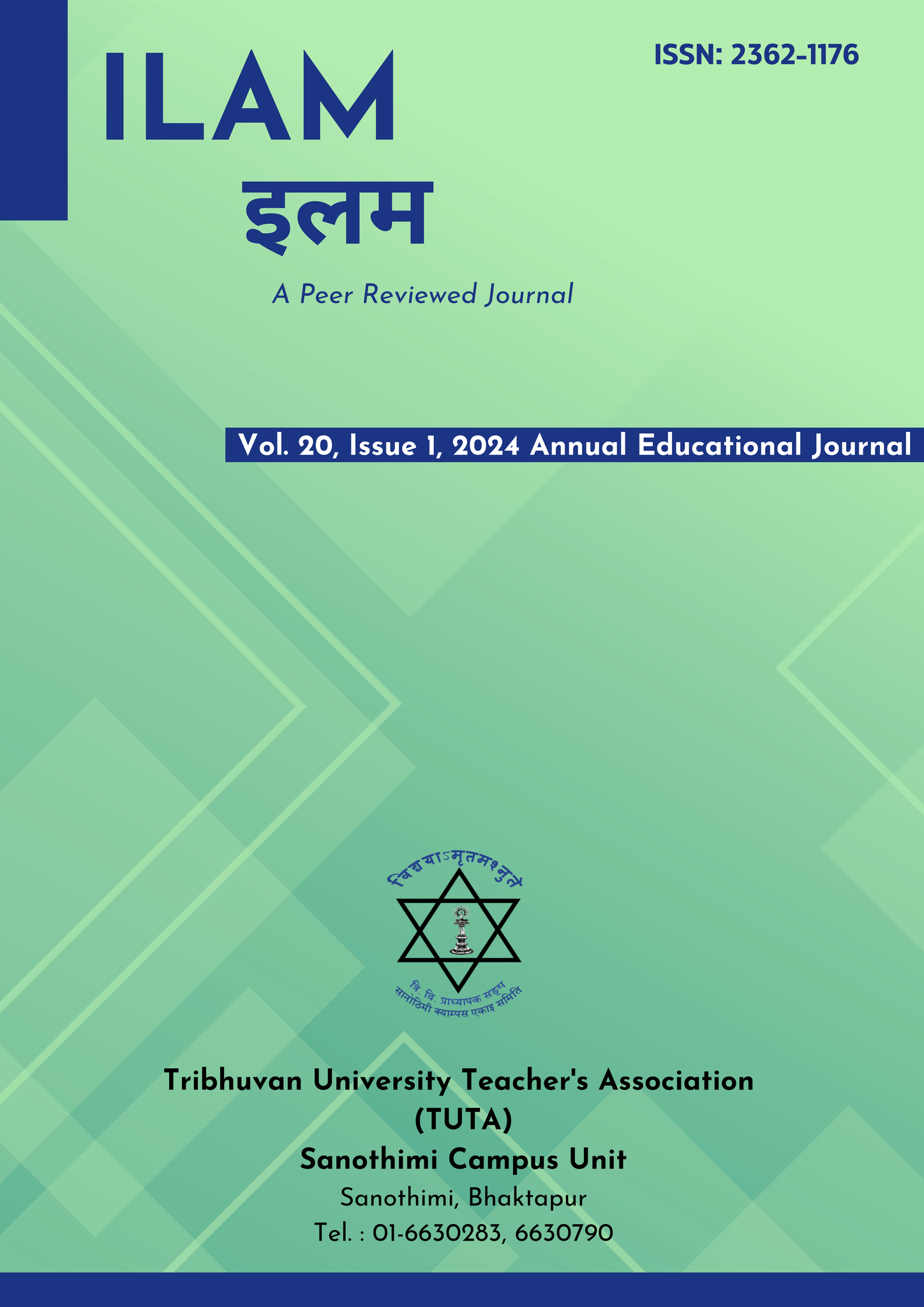Trends of Labor Migration in Nepal
DOI:
https://doi.org/10.3126/ilam.v20i1.67600Keywords:
Labor migration, Remittance, GDP, Pull factors, Push factors, OpportunityAbstract
Correction: On 18th July 2024 the second author's name was changed from Balaram Ray TO Balaram Raya.
Migration is the process or act of migrating, i.e., the movement from one region or place of habitat to another. This study identifies the trend and destination of foreign labor migration in Nepal. Labor migration is a movement of people from their home state to another state for employment. Nepal’s economy is associated with an increase in foreign employment trends. Though current trends have shown continuous increments in this pattern, there is much uncertainty on how long the trend can be maintained or at what levels. This research was based on secondary data and quantitative research design. According to the data, in 2018, Nepalese migrated to 155 countries as labor migrants, most of which migrated to GCC (Gulf Co-operative Council). Labor migration is a continuous process that fluctuates but gradually increases. The majority of people who migrated to Gulf countries tended to opt for Qatar and Saudi Arabia in search of work. Malaysia is another significant destination for Nepalese migrants because of its high labor demand, easy processing, and lower costs for unskilled labor. A large portion of the gross domestic product of Nepal is occupied by the remittance sent by Nepali workers from abroad. Overall, an increasing number of labor permits issued is only one aspect of the foreign employment trend. Understanding the linked trends is also essential from a national development point of view: foreign employment and national development. Labor migration can be controlled by enhancing education and training, economic and industrial development, and social security.




